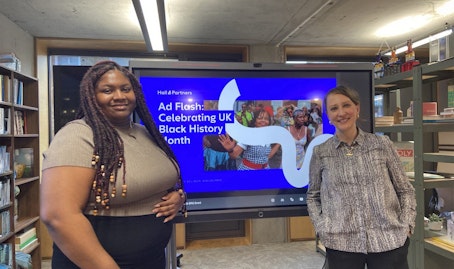Perspectives

When we talk about concepts such as transformational innovation in healthcare, I wonder whether enough of us who work in media industries truly grasp what that means from the perspective of the only group that really counts. Patients.
They’re fortunate to benefit from new technology and tools that enable them to take control over their lifestyles without having to always consult a medic. However, we can sometimes become so blindsided by what technology can do that we forget to ask whether patients will accept it in the first place. We fail to understand how they will use it, if it complicates their lives rather than assists them, if the ensuing data is revelatory or if the purpose of the technology truly satisfies their needs.
Technology can clearly add value to people’s lives but we’re not there yet. We’re just at the start of the fourth industrial revolution and our goal right now must be to simplify the user experience.
When you have a condition such as diabetes or cancer, life can become overwhelming, the daily stresses stack up. The last thing you need is for your life to become even more complicated with technology. We need to meet people where they are, see them as consumers rather than just patients … demanding consumers who want simpler lives and the kind of data that can help them predict problems before they happen.
And for physicians, we need to create technology that supports their profound desire to help people. They pursued a medical career to deal with patients face-to-face, not spend a large proportion of their lives glued to technology.
The effort, analysis and decision making that most of today's technology requires is still too much for most users
If we’re to be truly effective to patients and healthcare providers we need to get in their heads, minds and spaces. That’s what will help us to be transformative.
So while we need to embrace experimentation and risk-taking to develop these technologies, we also need to ensure that we build capabilities that go beyond traditional healthcare delivery and provide simplicity, relevance and value in people’s lives. There will be barriers and biases that get in the way of effective use of these technologies and that’s where we must concentrate our efforts. Not marveling at what technology can do but devising ways that we can persuade users, stakeholders, payers and professionals to embrace that technology.
Innovative technology used in as seamless a way as possible can be transformational. If the human body becomes our primary data platform, technologies to predict, manage and prevent disease are now not just possible but becoming the new normal.
However, tech adoption and long-term use are very poor. In far too many cases, people are being asked to interact with an app or other tech, but they get nothing in return – there’s no value exchange, no reward, no improvement in their day-to-day lives. The technology cannot succeed in such circumstances.
Our goal right now must be to simplify the user experience
Still, there have been some successes of late, especially in examples where individual health data can be automatically collected, tracked and shared. For instance, a company called Onduo has a digital AI behavioral health change program that seamlessly integrates into diabetes patients’ everyday lives, collecting data inputs from wearable devices, self-reported data, and community and coaching interactions to provide supportive feedback in real time. This data can also be aggregated at a population level to drive predictive alerts.
Or take Nanowear, which has developed revolutionary undergarments that collect continuous multi-channel ECG, heart rate and respiratory rate data from the wearer. If the user choses to opt in to share their data with their healthcare provider, the sensors automatically send that data to a mobile app and then on to a web-based portal for review by a physician.
The effort, analysis and decision making that most of today’s technology requires is still too much for most users. To counter that, we need to understand – like these two examples – the biases and barriers that may get in the way, especially when working in collaboration on the path to transformative innovation.
Almost all of what influences our behavior is subconscious. We rely on our experience, memories, environment and instincts to make decisions and are subject to cognitive biases in every interaction we have. So understanding people’s conscious (rational, reflective) and unconscious (implicit, automatic) motivations helps us to understand why people do what they do. If we don’t understand how they think, why they make the choices they do and what they fear, then the technology will not work as effectively as it should.
Transformational change isn’t just about the shiny bells and whistles. It’s about the interaction of technology with the choices we make, the biases we hold, and the behaviours we show and keep hidden.








